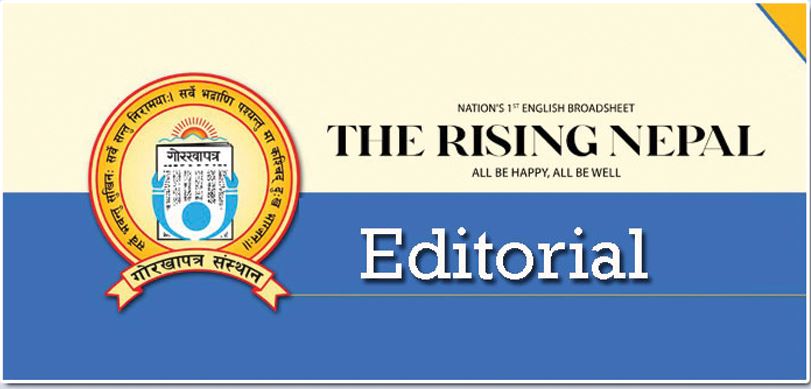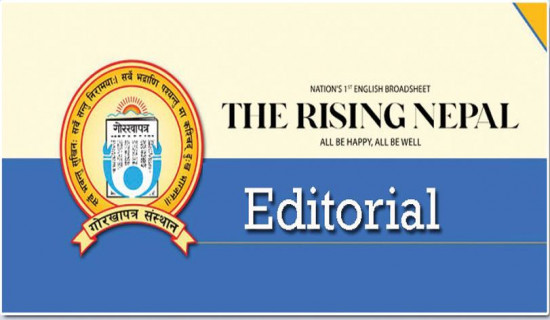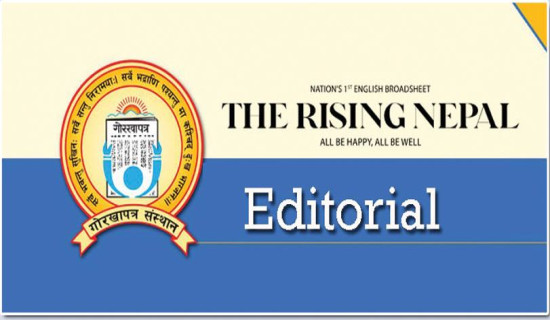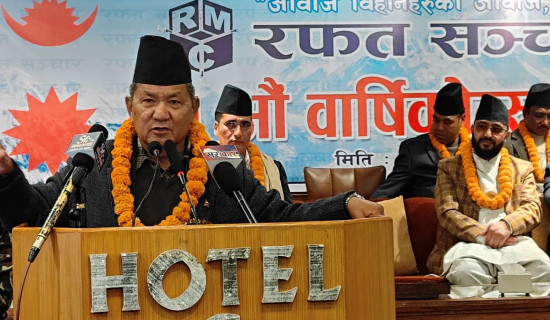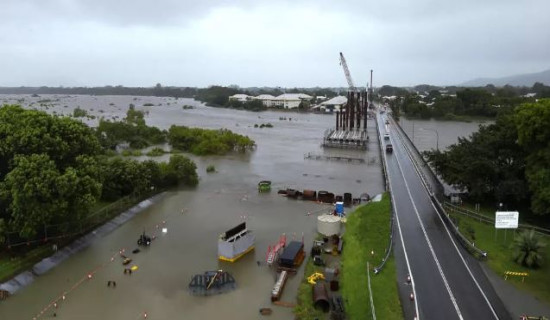- Wednesday, 5 February 2025
Air Pollution Hazards
As the winter sets in, people in the Kathmandu Valley wake up to the fact that air quality around them has deteriorated to a severe level. Air pollution becomes so hazardous that many people complain of shortness of breath and dizziness caused by airborne pollutants, with many others needing hospitalisations. Kathmandu has been experiencing unhealthy levels of air pollution since mid-November. Most air quality monitoring stations there have recorded AQI (PM2.5) levels exceeding 150, indicating air pollution that is unhealthy, particularly for children and the elderly.
According to the United Nations Environment Programme (UNEP), air pollution kills an estimated 7 million people every year, and is the biggest environmental health risk of our time. It is responsible for about one third of deaths from stroke, chronic respiratory disease, and lung cancer, as well as one quarter of deaths from heart attack. Air pollution is also fundamentally altering our climate, with profound impacts on the health of the planet.
A lot of factors are blamed for the worsening air pollution. Burning of agricultural residue, emissions from brick kilns, and the transformation of muddy roads during the rainy season into dusty ones with the onset of dry season, burning of waste and firewood to beat the winter cold, vehicular emissions, and construction activities all play their roles. Exacerbating the problem are the lack of rainfall, the dearth of strong winds to eject stagnant pollutants out of the low lying valleys, and the landlocked geography.
Though we cannot do anything about the last three factors, we surely can do a lot to change things for the better. A story published in this daily the other day highlighted the urgent need for the Department of Environment, various government agencies and local levels to work in tandem if something concrete is to be done to address air pollution crisis. The story also suggested that failing to bring any of them onboard is sure to render every measure to combat air pollution futile.
Besides enacting measures to get the farmers to stop burning of stubble and agricultural waste, the government can take several steps to markedly bring down the pollution. First, construction activities carried out haphazardly must be stopped outright. Strict action must be taken to ensure that no construction activity is mired in delays. When a track is opened for road construction, for example, but remains unpaved for long, a stream of dust emanating from the track can be a major source of air pollution. And such sights are all too common here. This must be stopped and those who cause it must be held accountable.
Second, vehicles flouting emission standard must be booked, and those powered by fossil fuel incentivised to convert into electric vehicles (EVs). This shouldn't be cumbersome given the growing popularity of EVs. Third, the government needs to ensure that no urban waste is burned in the open. This is crucial because so much waste is seen ubiquitously getting burned around settlement areas, and according to several researches, this task must be undertaken by local level if the problem is to be effectively sorted out. Fourth, air pollution is increasingly becoming a cross-border issue. Studies have consistently attributed pollution in many border towns to industrial and construction activities happening across the border. So, if needed, we mustn't hesitate to take diplomatic steps to address the issue in a mutually beneficial manner.

